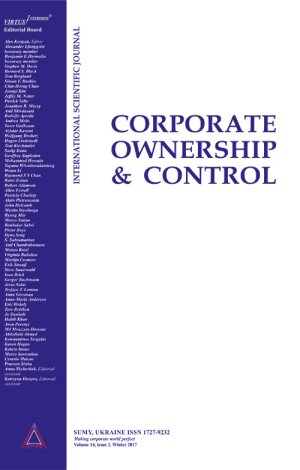
-
 Journal menu
Journal menu

- General information
- Editorial Board and External Reviewers
- Journal Policies
- Publication Ethics and Malpractice Statement
- Instructions for authors
- Paper reviewing
- Article processing charge
- Feedback from stakeholders
- Journal’s Open Access statement
- Order hard copies of the journal
- 50 most cited papers in the journal
THE INFLUENCE OF SIZE, LOCATION AND FUNCTIONS OF FREIGHT RAIL TERMINALS ON URBAN FORM AND LAND USE
Download This ArticleAbstract
This article outlines how the size, location and scope of activities of freight rail terminals influence urban form and land use. The nature of freight rail stations is outlined, and the classes of trains that make use of these facilities are described. According to size, railway freight stations can be divided into four groups: (1) railway halts; (2) small-sized goods stations; (3) medium-sized goods stations; and (4) large-sized goods stations. The factors that determine the location of stations are discussed. Rail freight stations can be divided functionally into four broad classes: (1) break-bulk rail terminals; (2) bulk rail terminals; (3) roll-on/roll-off rail terminals; and (4) intermodal terminals. The functions of the four rail terminal classes are described. The paper discusses how rail freight terminals can influence urban form and land use. Finally the conclusions of the study are presented.
Keywords: Break-Bulk Rail Terminals, Bulk Rail Terminals, Intermodal Terminals, Land Use, Location Of Stations, Roll-On/Roll-Off Rail Terminals
How to cite this paper: Pienaar, W.J. (2016). The influence of size, location and functions of freight rail terminals on urban form and land use. Corporate Ownership & Control, 13(3-1), 250-255. https://doi.org/10.22495/cocv13i3c1p11

















